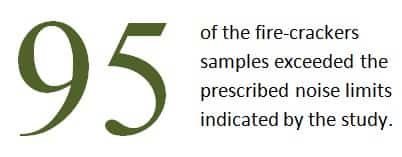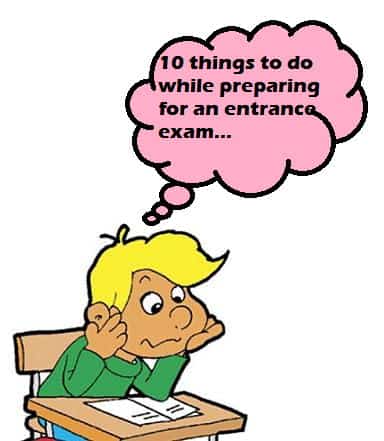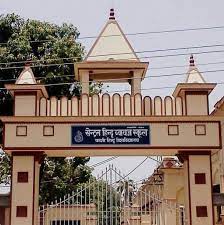When you think about Diwali, the picture that directly comes to your mind is lights, decorations and fireworks. Although the tradition of a firework is not old yet it is now a vital part of Diwali celebration and thus be it kids, youngsters or adults everyone enjoys the fireworks. Thus, today Diwali without fireworks is unimaginable. There is a belief that lighting firecrackers are a symbol of prosperity, good health and fun. But this happiness is paid by the children who have their involvement in the making of these firecrackers. In addition to it, these crackers have also been a major source of pollution. After reading this article think once again whether you still want to light firecrackers on the cost of other people?
Hazardous Sivakasi- The land of firecrackers

The Fire Crackers Industry in India
Sivakasi is a town in Tamil Nadu, about 545 Km from Chennai, is the capital of India’s firecracker industry producing approx 90% of the total firework output. There are almost 400 manufacturers based in this city. The fire industry market grows up to the rate of 10% every year and their total output is 50,000 tons. The state government itself collects aggregate 40 million rupees sales tax. But this industry is not organized as every year various accidents and deaths take place and the town has been reported to employ child labour in the production of fireworks. In spite of all such risks, Sivakasi has only one major hospital not suitable to treat the burn victims. Many accidents take place in this area and there are no safety precautions taken. The victims have to be taken to the government hospital at Madurai, which is 60-70 km away which often miss the crucial lives of the patients.
In 1940, when the Indian Explosives Rules were enacted and licensing introduced for the production of fireworks, the first organised factory for crackers was established in Sivakasi. Today, the industry is estimated to be around Rs 2,000 crore and employs about four lakh people directly and indirectly.
Child Labour
- Despite the government rules Sivakasi still has employed children below the age of 14 to work with their nimble hands to produce firecrackers and are also paid low.
- Education is nowhere provided and children working in this industry and forced to work in hazardous conditions affecting their health from time to time.
- Thus most of the crackers that you burst today have the involvement of children in some or the other way.
- Child labour is on an increase in other industries too but the exploitation of kids to make firecrackers is not acceptable as it is dangerous and risky too.
Diwali Pollution
- There are ill effects of Diwali; crackers are affecting all of us. It causes both air pollution and noise pollution.
- Apart from the noise, firecrackers release toxic gases which lead to many health problems like lung cancer, cardiovascular diseases and allergies.
- Experts also say that the crackers include elements like copper, cadmium, sulphur, aluminium, barium and a variety of other rudiments that release energetic colours after it is ignited
- The heavy metals remain in the atmosphere for long and then get corroded before entering the food chain through vegetables.
- Chandigarh Pollution Control Committee studied in 2012 that there was 6-10% increase in air pollution during Diwali.
This cannot be called as a celebration where you disturb the elder people, scare the animals, risk the life of the young ones and foul the street. Children and pregnant women are the ones who suffer more during Diwali due to noise and respiratory issues. Don’t we all deserve clean air to breathe and a calm environment to enjoy the beautifully lit area? Is it necessary to make an ugly and loud display of your wealth?

What steps have been taken to control noise pollution due to firecrackers?
Government of India- Central Pollution Control Board
- The Govt. of India has enacted noise standards for fire-crackers vide G.S.R.682(E), dated 5th October 1999, in an effort to control noise pollution due to firecrackers.
- Recently in March 2001, Central Pollution Control Board in association with National Physical Laboratory (NPL), Delhi initiated a study on measurement of noise levels of fire-crackers available in the market.

- Consequently, CPCB issued notice under Section 5, of the Environment (Protection) Act, 1986 to the Department of Explosives, Nagpur, to take immediate steps to control the manufacturing of fire-crackers exceeding the prescribed limits.
- All the State Pollution Control Boards/Committees were also requested to initiate steps to control the sale of fire-crackers exceeding the notified limits, in consultation with their respective local administrations.
Firework Safety
Crackers can be great fun. But every year, people get hurt because they fool around with fireworks. Make sure you’re not one of them and follow these simple rules.
Don’t play with fireworks they may hurt you.
Only adults should light or hold fireworks or be there with you.
Never go near a lit firework.
Keep your pets indoors.
Light them in open areas.
Wear cotton clothes.
Keep a bucket of water and blanket near to put off the fire in case of emergency.
It is the time that we take a fresh look at Diwali and not change Diwali into a festival of darkness. Play a safe Diwali which will bring enjoyment and fun at no one’s cost. We might think Diwali is nothing without firecrackers but try to celebrate the festival of lights with Diyas and less smoke and low sound crackers that may not create a nuisance for the others in the area too.
 Celebrate Diwali by meeting your friends and relatives and exchanging sweets and gifts. Are you ready to contribute to reducing pollution in the coming years?
Celebrate Diwali by meeting your friends and relatives and exchanging sweets and gifts. Are you ready to contribute to reducing pollution in the coming years?










